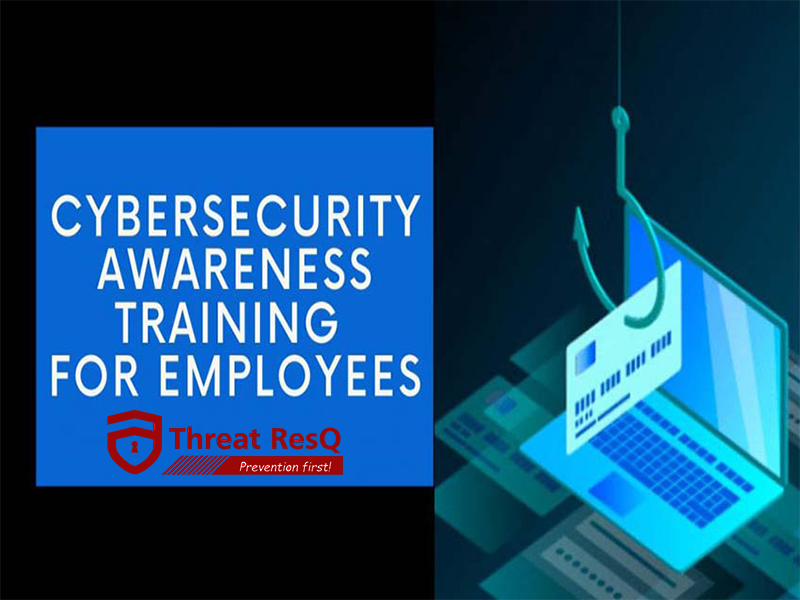- Join our company
- Email: info@threatresq.com
- Phone: (+91) 9910016361















Cyber security awareness is about making active internet users aware of the potential cyber threats, What can be the possible undesirable outcomes of getting trapped in such threats, and how to defend themselves against such threats.
In 2020-2021, cyber-attacks and data breaches increased by huge graphs, resulting in the great loss of data and the image of the companies. The focus on cyber security awareness in companies helps to promote great knowledge of possible cyber threats and how to defend against them with pre-attack and post-attacks methods.
The goal behind such an awareness program for employees is to make them self-aware and make them actively participate in their security both at work and at home. Comprehensive awareness training regarding the cyber security threats to the employees can improve the company’s security posture and secure the Enterprise network which usually is the main target of the threat actors.
This will help employees to have better knowledge and a great understanding of how to detect the attacks, identify the risks as a result of those attacks and use the best possible ways to avoid such risks.
Cyber Security Awareness Training for Employees
Threat actors are continuously evolving and discovering new methods to exploit and steal valuable information/data from businesses. It is no surprise social engineering attacks like phishing, Email spamming, ransomware, etc. are so successful because Social engineering is the most effective part of exploiting human behavior.
Educating the employees and training them to tackle such threats as frequently as possible can reduce the risk of cybersecurity incidents, which include data breaches, system compromises, etc. This also means the organization treats the client’s data and its security with utmost importance, which is a must in today’s ever-evolving digital landscape, adding to the promising image of the Organisation.
Such training must include the following programs/courses to train the employees:
Yes! Cybersecurity trends keep on changing and new attack vectors are discovered too often which makes it important to be educated about these trends on a regular basis. Conducting such training or maybe a small session will help keep the employees up to date with the latest trends and so prepare remediations accordingly. Such mandatory sessions/training should be conducted monthly/quarterly/annually.